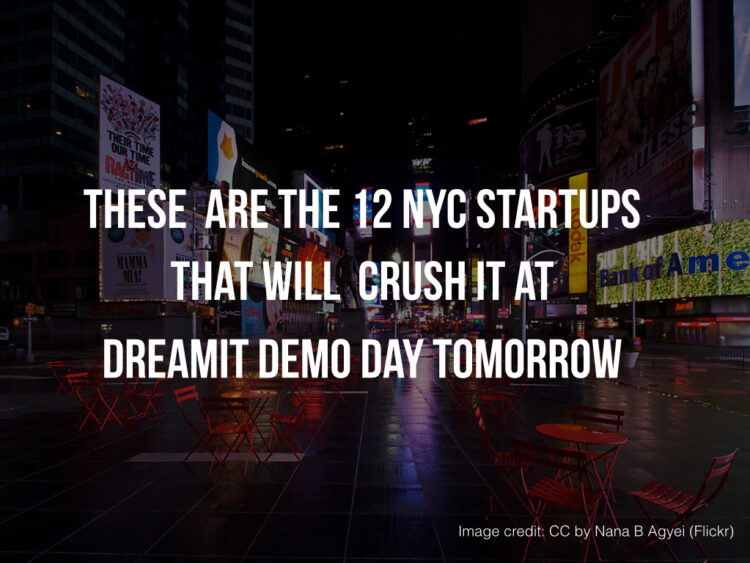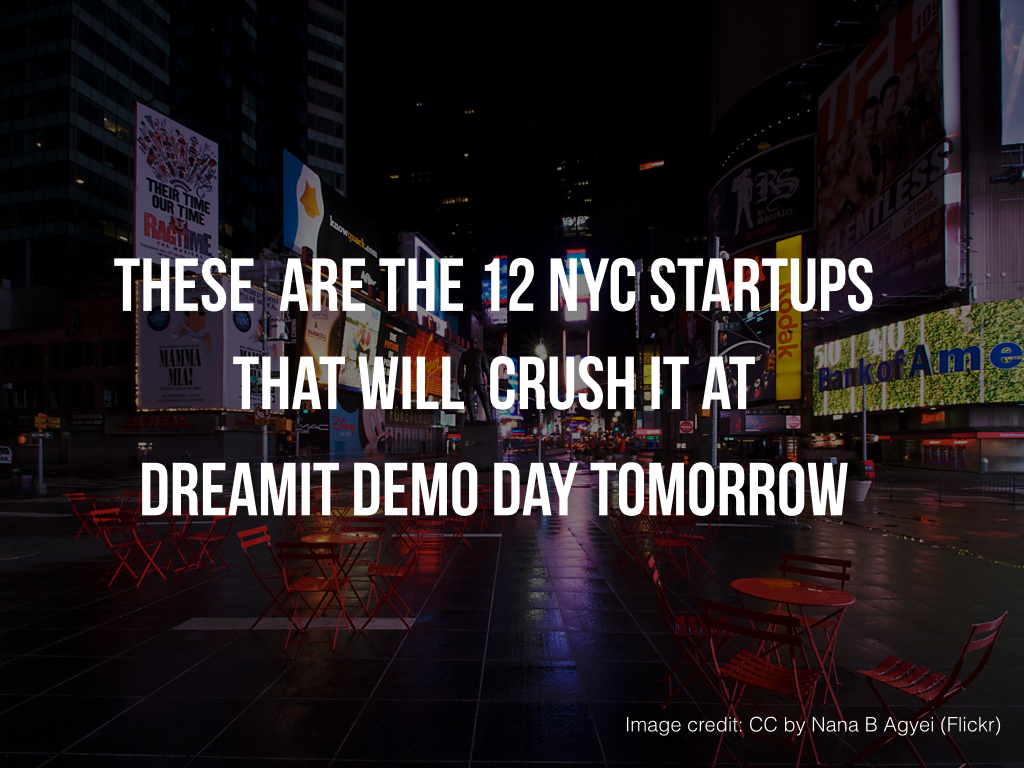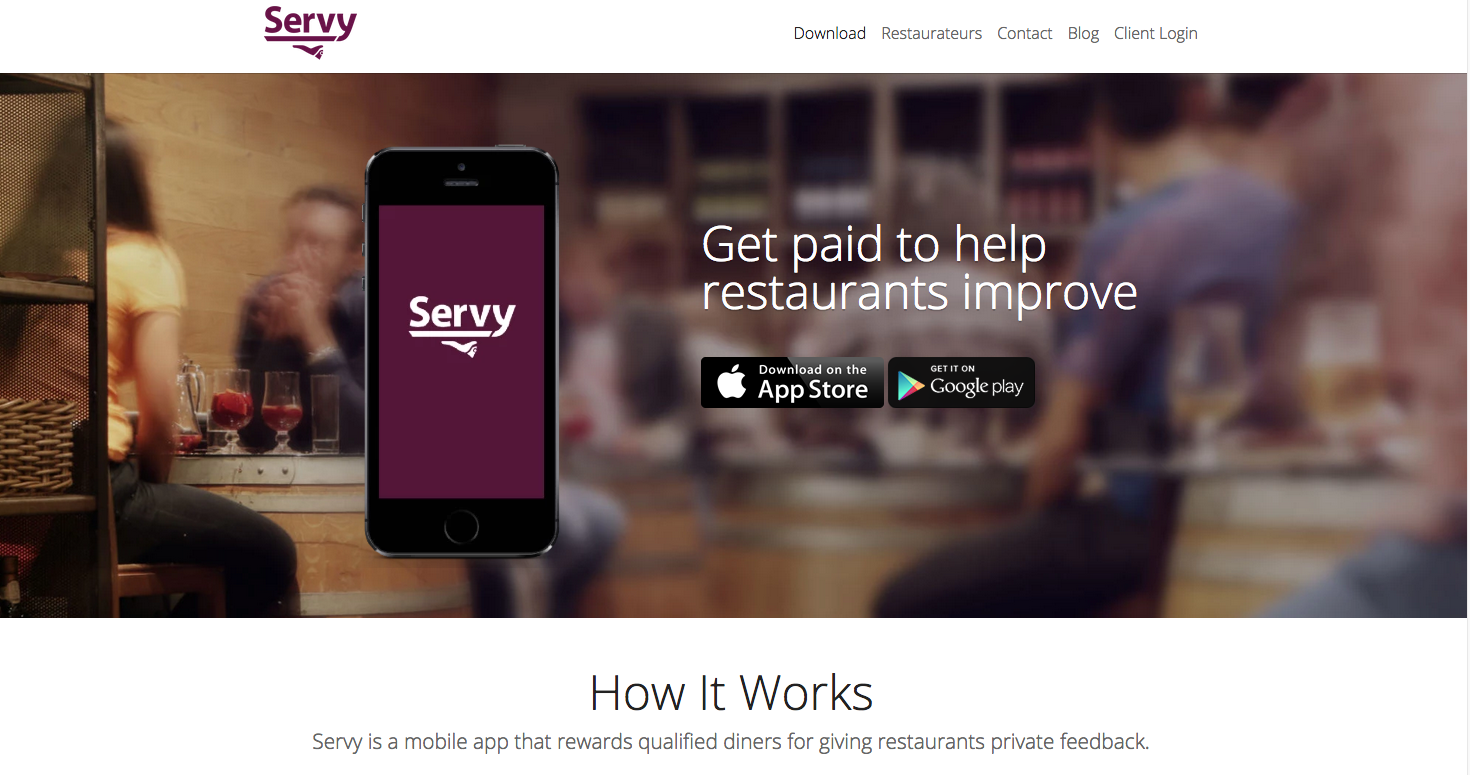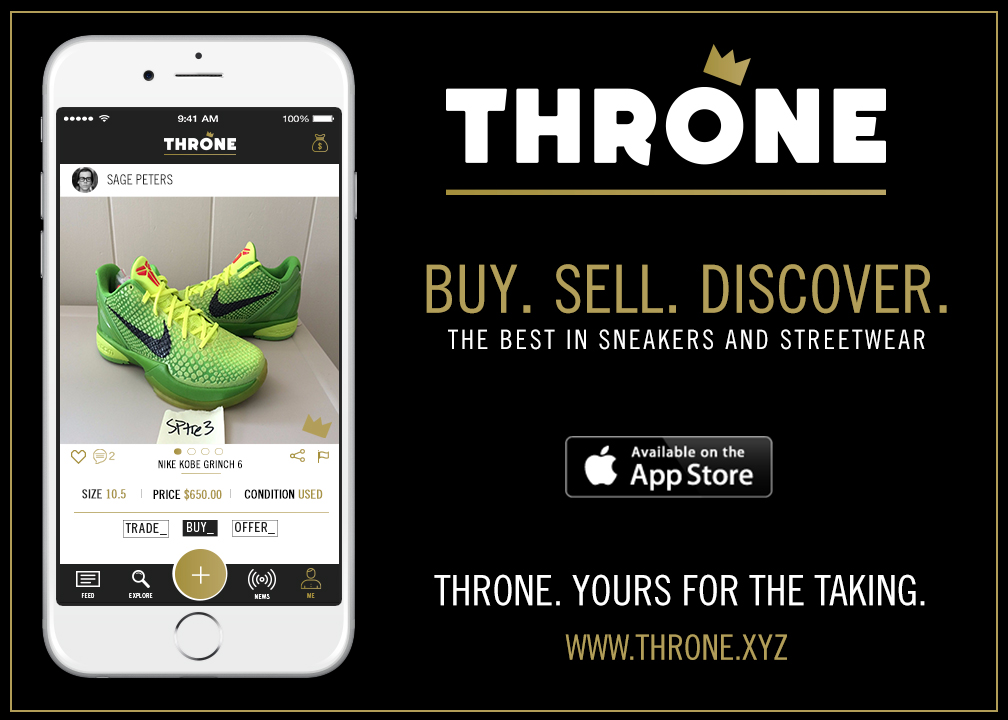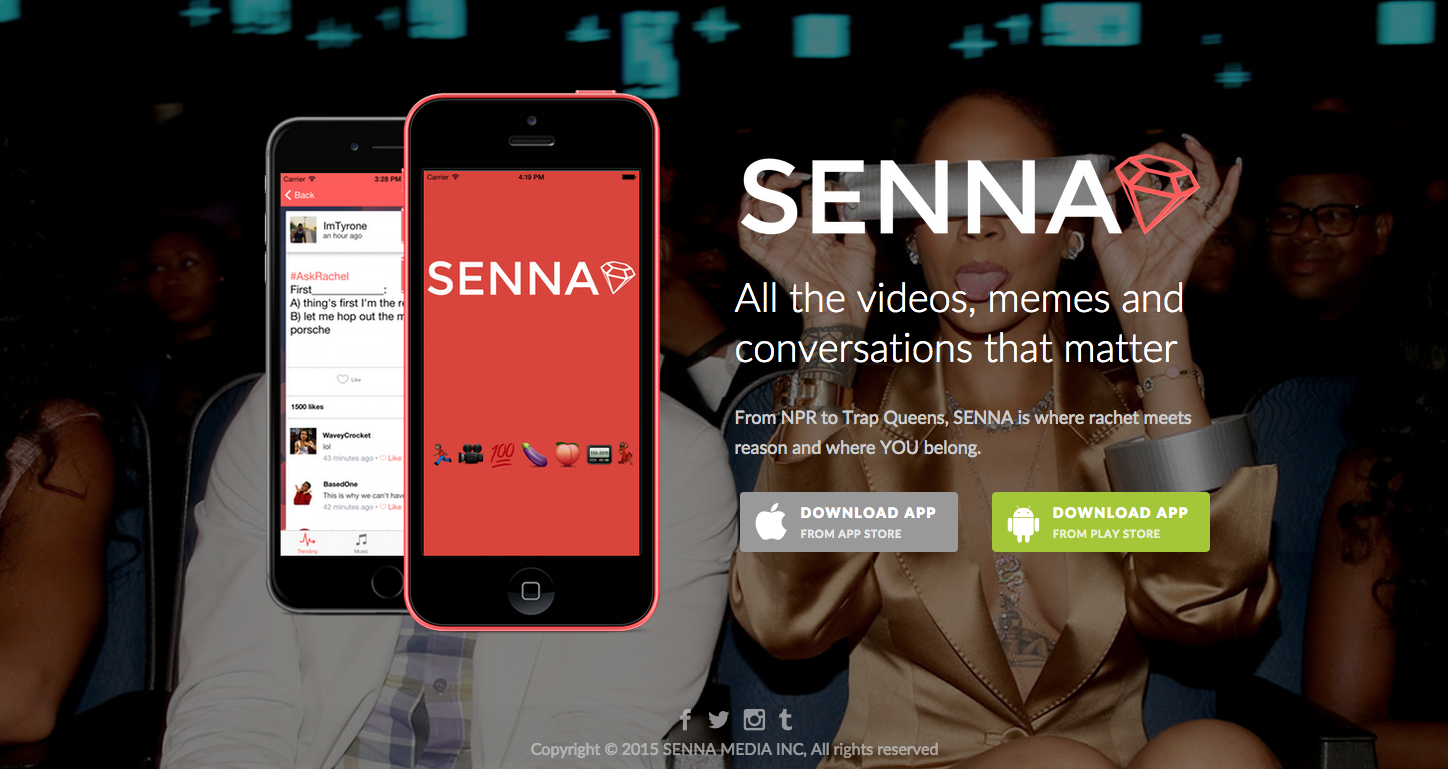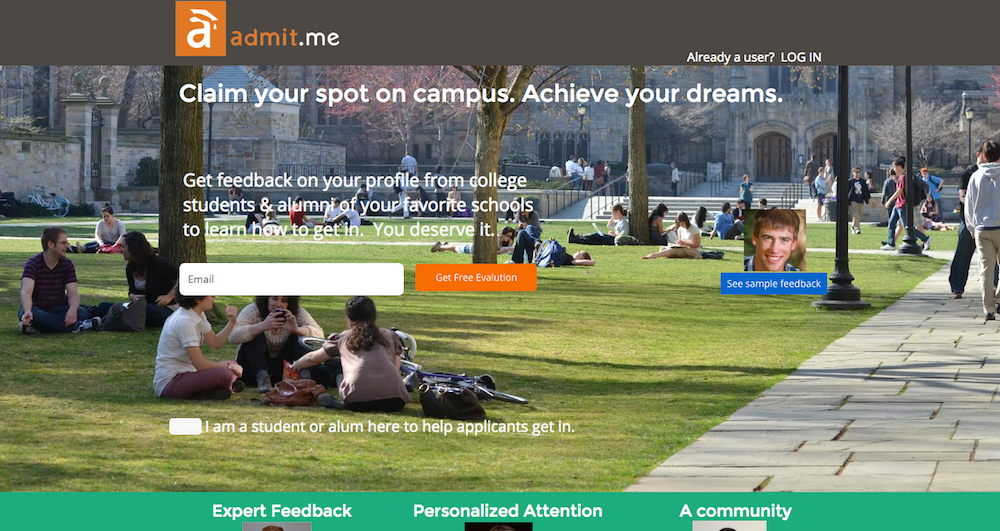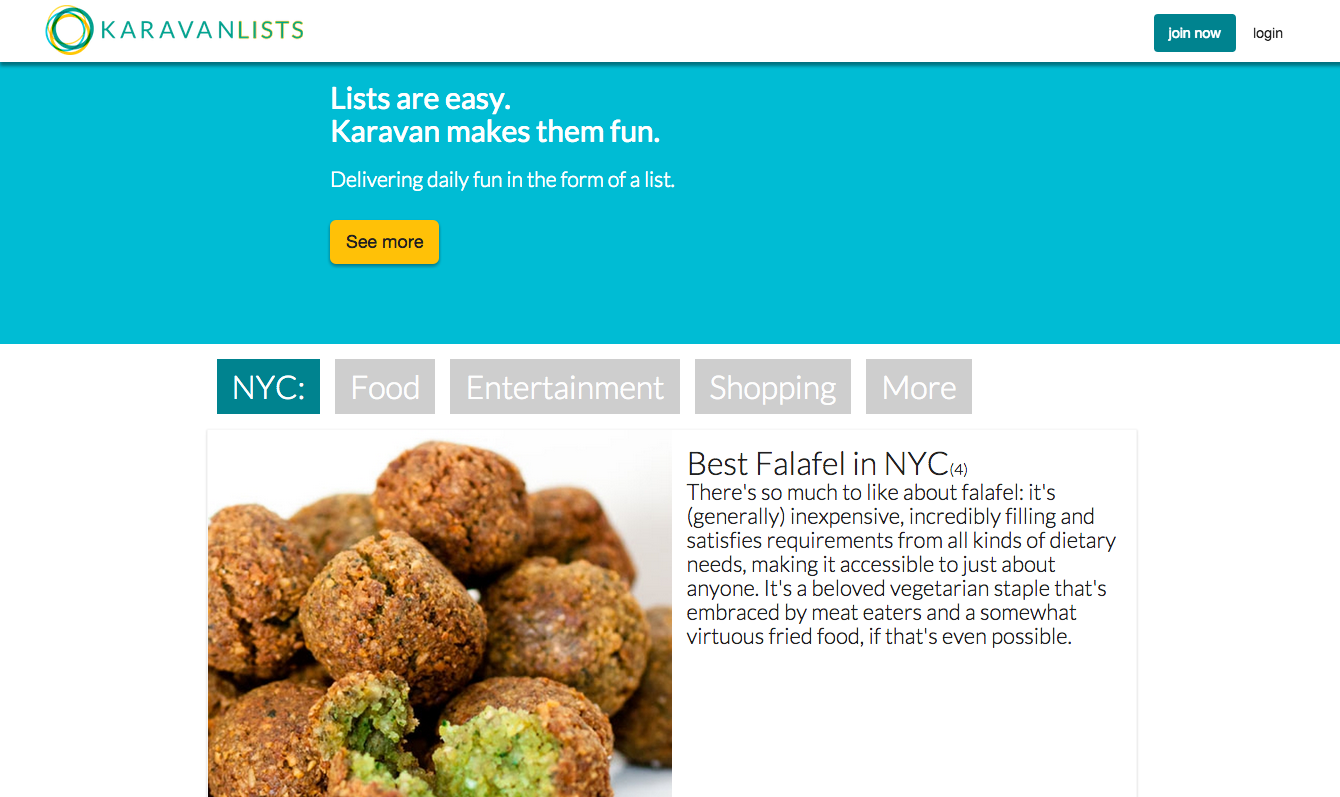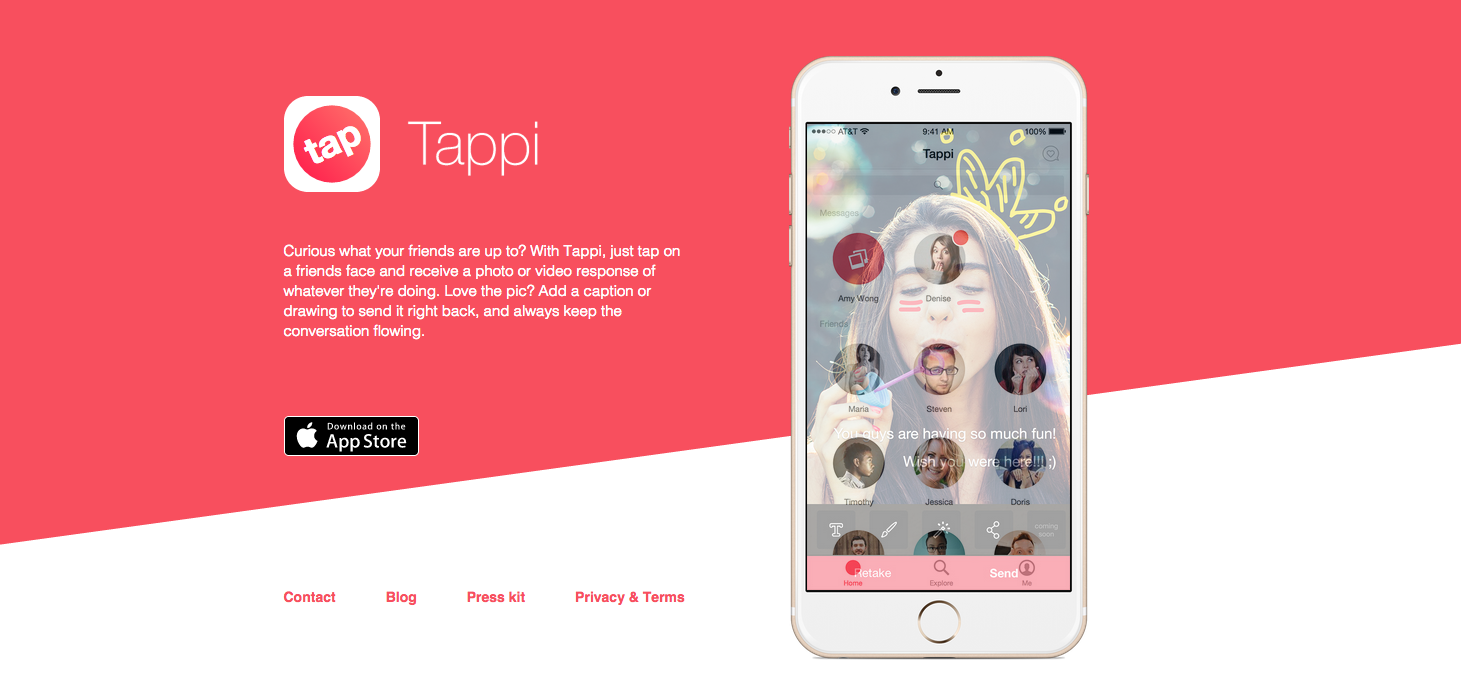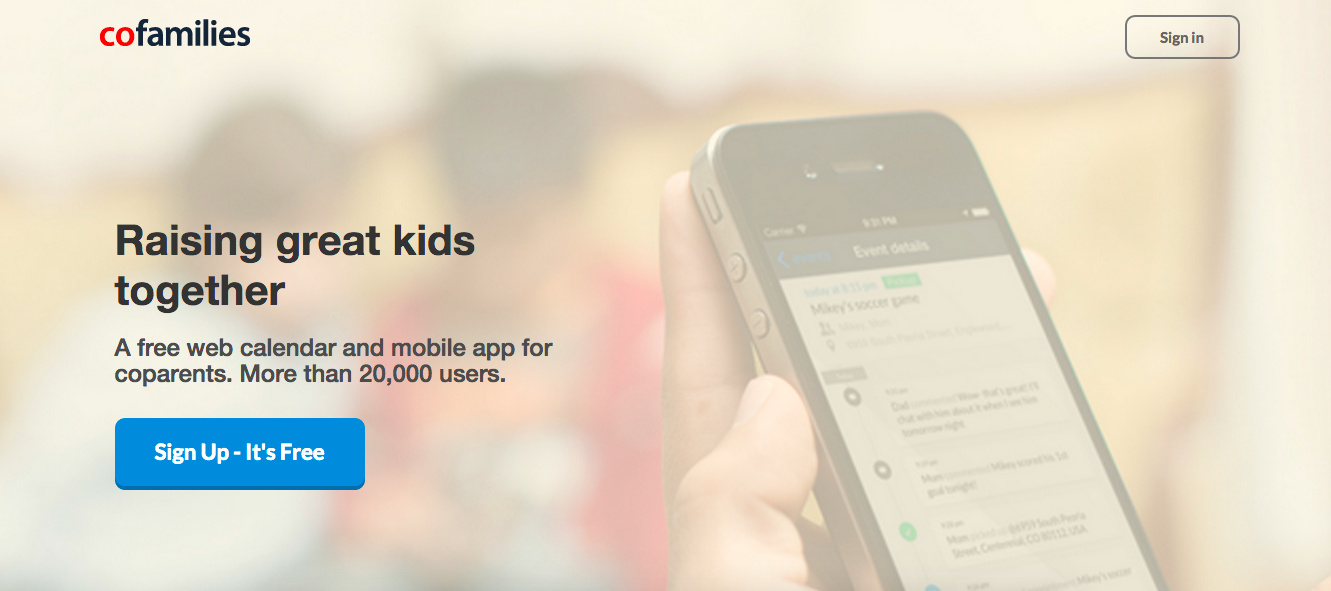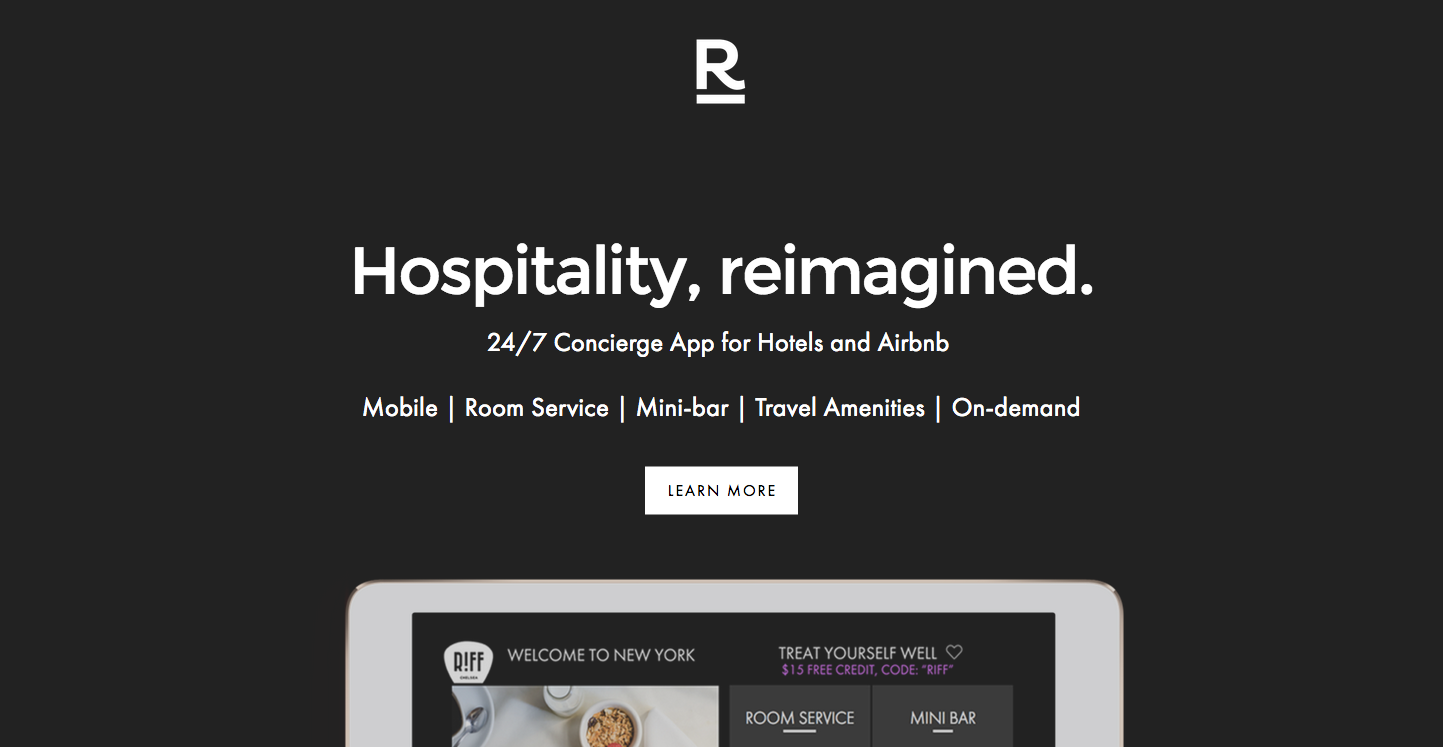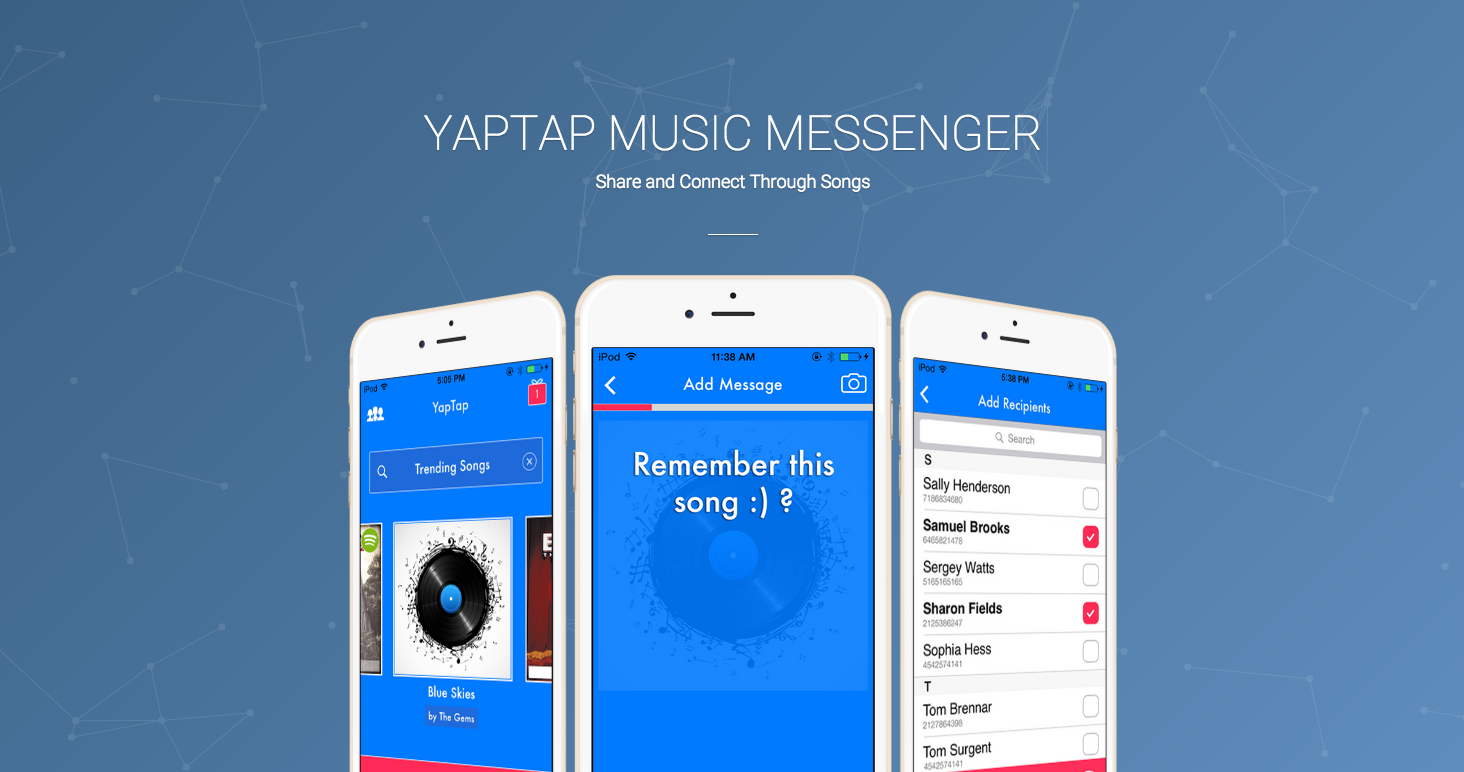In the last three months, Dreamit Ventures NYC has been working with 12 startups, who are at varying industries and varying stages in their business. Some are just rolling out their beta and coming in contact with their customers. Meanwhile, others have been running their companies for some time now and already with paying customers.
“We’ve seen some companies make great strives to the point where they’ve got their download ratios, who are new, for as high as 20%,” says Andrew Ackerman, Managing Director, who began leading the program last year.
But all share a common theme, which is passion in their product with their customers’ needs in mind.
Three months of getting to know their business, listening to industry mentors speak about topics they need to know, and lots and lots of practice with pitching and speaking to investors has all led to the big day… Demo day.
“It’s been interesting and challenging being able to help all these companies… all make it to the next milestone, whatever that may be in their case,” says Ackerman.
MEET THE 12 STARTUPS THAT ARE GOING TO ROCK DREAMIT DEMO DAY
Servy
Ideas can come from anywhere and when inspiration hits, sometimes you take a leap of faith and go for it. After a dining experience left him unsatisfied, founder and Servy CEO Robert Edell was tempted to leave a scathing review online, but decided not to.
“I realized that there’s all these digital tools to create public content,” Edell says. “Yelp, TripAdvisor, etcetera, but there’s no ubiquitous platform to deliver private, constructive feedback to restaurants.”
Further research in the Mystery Shopping practice found that many restaurants pay hundreds of dollar for a single evaluation.
So, Edell, together with cofounder and CTO Julien Wormser, created Servy, a mobile app that allows frequent diners to complete private restaurant evaluations in exchange for partial reimbursement of a meal.
Reimbursement of a meal, according to Edell, is cost-effective for restaurant clients and ensures that consumers are evaluating the right restaurants.
So far, they have been working with over 80 restaurants in New York City such as Hale & Hearty, Just Salad, and Park Avenue Summer. However, they do enable users to evaluate restaurants that Servy is not partnered with.
Ever since their launching 6 months ago, Servy has already had 4,000+ evaluations completed to date.
“That’s a big thing our users like, is that they want to impact the restaurants that they dine at and frequent,” says Edell.
Restaurants pay per Evaluation completed, but at a significantly lower rate compared to traditional mystery shopping. They can also get a subscription and pay a monthly fee.
“It also enables some of the higher-end restaurants to profit on a Servy evaluation,” Wormser says. Which is pretty unique within the industry.
Meanwhile, on their Servy, restaurants not only see the feedback from individual diners, they also see trends in the restaurant business. For example, they may find that plenty of other restaurants fail in the upsell strategy, such as offering a drink and a side, or employee friendliness is on the low. They can apply this knowledge to improving their service.
Servy also ensures that restaurants do not receive fake reviews. Evaluations are structured, so only relevant questions that a specific restaurant wants are asked. Feedback is sent directly to the restaurant and is completely private. Users also have to provide a photo of the receipt, not only to verify that they were at that restaurant, but to also provide context such as date, what they ordered, and who provided the service.
In addition, for every evaluation, Servy donates a meal to charity. So you not only get a discount on a meal, but also help others in the process.
THRONE
For some, turning their passion into a job can be tricky. But CEO Emeka Anen and his brother, marketing CMO Chis Anen, managed it with THRONE.
The idea came to the brothers after Chis’ frustration for not being able to attend sneaker releases due to being busy with college and working as a DJ.
“I had bigger priorities, but I still loved the culture,” he said. “It was too much of a hassle to get the sneakers.”
THRONE launched as a different brand, Instasneaks, just last year as a beta with around 10,000 users. It is a marketplace that facilitates the buying, selling, and discovery around sneakers and streetwear. Transaction between users is peer-to-peer.
“We encourage users to build and digitize their existing lockers or streetwear or sneaker collections,” Emeka says.
With the ever-rising popularity of sneakers and streetwear in today’s pop culture, “sneakerheads” (as fans are called) often use online marketplaces such as Ebay and Amazon to buy and sell sneakers. Some have gone to social media like Facebook, Twitter, and Instagram not only to buy and sell, but also to connect with other fans.
“It’s a huge emerging market that’s really been untapped thus far,” says Chis.
THRONE centralizes all this in one platform, and is easier and safer.
“We’re building a community among the sneakerhead market,” Chis says.
Products on THRONE are commission-based. Users who wish to sell simply need to take a photo of their product and upload it. They can also build wish lists of items they want and are notified if another user has such an item in the condition and size that they specified. THRONE can also organize their collection and tell them the value.
With this model, THRONE can learn more about their user’s preferences and predict what it would mean for primary retailers, and what value the items are. Sneakers are also cataloged by models, nicknames, colors, etc., which also makes it easier to use for casual fans.
The Anen brothers sees THRONE as a solution to some existing problems within the sneakerhead culture, such fans who wait long hours for the release of a new sneaker, only to go home disappointed because the product sold out quickly.
“We see ourselves as being a hub for that entire streetwear and sneaker space, where people are coming to us not only to catalog or digitize their locker,” says Emeka. “But also to find out about… the next exciting streetwear design release, or anything like that.”
As Instasneaks, they were ranked among the Top 50 sports-related apps several times in February. Following the rebranding, their social media following rises by 15% week after week, and were recently interviewed on HOT97 by DJ Ebro Darden. Their community growth only continues to show the increasing demand and interest for the product. And it will only continue growing.
SENNA
By today’s standard of fame, you don’t need to be in Hollywood. With the existence of the internet and the popularity of social media, you can now be YouTube famous, Vine famous, and Instagram famous.
SENNA CEO Adrian Grant noticed the influx of such fame and wanted to create a portal for all original content that is sure to follow. When he pitched the idea, he was asked, “Why trade TV dollars for digital dimes?”
When he worked at Viacom, Grant noticed that with media companies, advertisers paid for TV content.
“And I was like ‘that’s nuts,’” he says. “Especially given that we are moving more towards digital.”
This idea stayed in the back of his mind for a while as he moved to Venture Capitalists and built a company. Until he realized that there is still no media company that caters to millennials leveraging all creative and original content.
Thus, he founded and created SENNA, an app that aims to create a native experience of digital media for different platforms.
“It looks and feels like Twitter with a few other bells and whistles,” says Grant. “Because that’s the paradigm that our audience kind of gets.”
The idea is to create an archive for the social media famous on outlets such as Vine and Instagram, and creators of memes and pop culture terms such “bae” and “twerking”. Grant noticed that although these individuals do manage to establish large followings, they still suffer from lack of distribution. SENNA is natively built for mobile experience. It allows you to find and follow these people, and search for videos and music. So instead of going to multiple platforms and having multiple apps open, SENNA will all these in one place.
“We’re going to be distributing content to wherever there is internet connection,” he says.
SENNA stays away from the paid view model, and instead going down the road of native ads. They are also working with several influencers and taste-makers. Their largest opportunity would be with social commerce, where plenty of transactions are done online. SENNA aims to make transactions like this easier.
Although they are focused on their mobile version at the moment, Grant is open to creating a second-screen experience for SENNA users.
Admit.me
Are you a high school student getting ready for college, or do you know someone who is? Do you have access to a helpful college guidance counselor? If not, who do you turn to? And how much are you willing to pay to access such help?
Cofounders Daniel Rodriguez, Eric Allen, and Kofi Kankam decided to create Admit.me as an answer to these questions.
“We are addressing the issue of there being too few guidance counselors for too many students,” says Kankam.
Back in high school, Kankam was one of these students who did not get enough help from a guidance counselor for college advice. He was encouraged to apply and go to Harvard University after encouragement from a visiting Harvard student.
“Half the kids in our high schools in the States are college ready, and don’t go,” says Kankam.
Admit.me links up high school with college students, alumni, and experts, who would give them the feedback and support they need for an affordable price. High school students only need to create a profile, and they are given feedback and information such as whether their target schools match their GPA, or what other schools to consider in terms of their interests and major. Basically, every piece of information relevant in the college application process.
“We’re really trying to make sure that the playing field is level for kids,” says Kankam.
Signing up is free. But, applicants can subscribe for increase access to universities and experts on an exclusive content. For example, an interested applicant can “buy” the time of an expert for more information about a college.
Picking the correct college will help students avoid facing issues like transferring and losing credit, incurring debt, and missing graduation. And it’s a problem that the founders don’t want students to face, which is why they are reaching out to these college students, alumni, and experts to help them help the students through Facebook ads and referrals.
“[The students] limit themselves,” adds Rodriguez. “They don’t even consider colleges in other areas, or how many colleges to apply to. College is such a pivotal point in a person’s life… and having that key decision be guided by expert information is huge.”
Since launching December last year, they now represent over 125 colleges and 45 high schools, and supported by The Maryland Technology Development Corporation. They are also partnered with some college education and admissions groups like Teach For America and The Princeton Review.
Admit.me now have more than 1,000 users and will be starting a pilot at public schools in Baltimore this Fall. They are also hoping to expand internationally.
Triggerhood
Having a smartphone means having access to all kinds of mobile applications, from reminders to photo editors. But the downside are the endless notifications.
Launched May in Israel, Triggerhood is catered to app developers. It has an algorithm that knows how a user behaves, tethers a message to the user in the form of a push notification at a perfect time. According to cofounders Guy Balzam and Tal Grynbaum, the technology learns the habits and behaviors of the user to be able to determine when the right time is to send app notifications to a user.
“We work with developers, we have a website that developers can register on, and we work with developers directly,” says Balzam.
A basic model of Triggerhood is offered for free to small apps and startups that are just beginning to grow. For larger establishers, a subscription is offered where developers pay according to the size of their app.
Developers simply download Triggerhood’s code, and embed it into their app. In this way, Balzam says, they know when the right time is to send a push notification to the user of the app, whether it is telling you about a discount, introducing a new game, or showing an article that they might be interested in. But it will be in a way that does not interrupt a user’s daily routine.
“You actually interact with the app, not with us directly,” says Balzam. “So it’s more of a service for developers rather than a consumer product.”
Triggerhood was named “Best Startup” at a competition in Israel. Bringing this app from Israel to New York, Balzam and his team believe that there is lot for them to learn about the New York startup and tech community. Although they already have customers back in Israel, they are already getting interested customers in the US market and are looking forward to introducing Triggerhood to the rest of the country.
“Two very different cultures, two different business requirements, so we had to adapt quickly,” he says. “I think that was a really interesting experience for us.”
Karavan
If you’re arriving in New York City for the first time, you already know the famous hot spots for tourists. But what about the best spots for the best Brooklyn-style pizza with your favorite toppings, or the best spots for happy hour that serves your favorite appetizer? You’d need a list of hot spots. But not just any list. You need a list specific to what you want.
Karavan is an app where “people go to consume, create, and share lists.” Cofounders Ricky Berrin and Seth Murphy are launching Karavan hyperlocally, specifically New York City as their first local destination. They are aiming to create high quality, “Insider’s tips” lists that normal newcomers would not be able to find.
“The idea is to create a platform destination to discover the best lists around them,” says Berrin, CEO of Karavan.
Using the data of what lists users love to consume, Karavan allows users to vote on lists in order to get an idea of the user’s interests, and providing corresponding lists and some targeted product lists. For example, a user who looks up a list of popular boutiques in New York City, may later receive a list of the hottest shoes of the season. They are also planning on having company-sponsored product lists and clickable sponsored ads on the list from affiliates.
“Eventually, we want to be a go-to destination with useful and hyperlocal information for people to consume,” says Berrin.
You may be asking yourself, “Why not just google lists?”
Both Berrin and Murphy believe that although fun lists on the internet are entertaining they wanted to create something that was actually useful. After talking to others about the issue, they realized that with the amount of lists that exist on the internet, it’s difficult to navigate through them to find exactly what you want. Lists on Karavan are updated and ranked by the community. The app is also designed to be a consumer list, so it’s easy to create and share lists.
At the moment, they are simply curating lists, but eventually, the goal is to allow members of the community to create their own lists.
“We want these insiders to be people in the community because we can’t be insiders in every city,” says Murphy.
Although their current focus is New York, the cofounders hope to expand Karavan to other major U.S. cities and even worldwide.
“Everyone has their list of favorite things,” says Berrin. “So it’s something that they can get excited about, that they can share with their friends. Anyone can use it.”
Dibs
The group fitness industry, a 6 billion dollar industry, is the fastest growing segment of the 27 billion dollar fitness industry as a whole.
“It is a new and developing industry,” says Alicia Thomas, Founder and CEO of Dibs.
Dibs is a pricing platform that helps fitness studios price more efficiently, using a proprietary algorithm. They allow studios to offer dynamically priced schedules in order to fill classes to capacity and maximize revenues, which is similar to airline pricing, hotel pricing, and companies like Uber.
“It allows them not to leave any money on the table,” says Thomas.
Thomas used to run Kiwisweat, a company that brought fitness to unusual locations, which allowed her to get to know all the stakeholders, studio owners, instructors, and students of the fitness industry. She noticed that many of these classes are very inefficient, even the most popular fitness centers still have empty slots in their popular classes.
“What we’re saying is, instead of there being all these excess inventory in the first place, let’s help that not exist in the first place,” she says.
Using a revenue-share model with studios, Dibs will try to get them the most money, but at the same time, making sure that they are increasing their bottom line, depending on the quantity of transactions. They are also focused on creating long-term partnerships with studios and aim on filling slots in classes with people within the studios’ target range, based on information like distance, age, sex, and how much they spend on fitness.
Instead of treating all classes as equal with all the same prices, Dibs looks at classes based on demand and price them accordingly. Users can get into literally any class they want that is convenient for them, and pay an affordable price. Meanwhile, studios can fill empty spots in their classes, and pricing them without giving out huge discounts and losing profit. They also built rewards into their systems so members of studios Dibs works with get priority.
“The discounts across the board are hurting the industry in a lot of ways because it devalues a really premium product,” says Thomas.
Since launching in June, Dibs has been working with 10 studios and has increased revenues significantly, by 57% on a small test pilot in New York, which has been receptive. Food, fitness, and fashion, according to Thomas, are now merging as one entity in health and wellness. In a city well-known for people with daily routines, Dibs caters to them and their fitness routine, ensuring that they are able to get into the class they want, in the studio that they enjoy going to, and at the time most convenient for them. All without spending outrageous amounts of money.
Dibs pilot program is running until September.
Tappi
Ever wish to see what your friends are up to in real-time? Sometimes, a text doesn’t really show you a clear picture of what’s going on. Now, it’s possible.
Tappi is a social messaging mobile app that allows you to share photos and have real-time conversations with a group.
A previous version of the app called Wasup was launched last year, where users request real-time photo updates from friends. Like in Tappi, users could add text to a photo being sent. Once received, the other user can add text to the photo and send it back. Through Wasup, the developers realized that users “were very into tapping people.” They noticed that many people prefer to send the same photo over and over again and just keep adding text.
Which then paved the way for Tappi’s features.
“Once the group receives the photo, they can have a real time conversation right over the photo,” says cofounder and developer Tom Peng. “People like to share photos.”
Although there are now many group messaging apps, such as GroupMe and Facebook Messenger, they tend to be more text-based, while Tappi is entirely photo-based. Whereas a photo in a regular group chat may end up disappearing from a phone screen as the conversation flows, the photo in Tappi stays. A photo can be shared by anyone in the group chat at any time during the chat and that photo would stay until someone else decides to share a different one.
From observing their beta testers, who range from teenagers to 60-year olds, the team realized “that there is a need for a photo messaging app that fit people of every demographic.
“There’s family members who want to share pictures of their kids,” says Adriel Bercow, Head of Business Development. “There is actually this desire to share what you’re feeling, what you’re doing with your friends and your family.
He describes Tappi as “the first photo-based conversational platform.”
Using a growth model, Tappi is aiming to achieve a huge user base before monetizing it. Inside the Tappi app, a section called “Explore” allows you to access public groups.
“It’s perfect for brands and celebrities,” says Feng. “To hold their groups inside Tappi, and all their customers and potential users can join their group and see photos of their latest product or see their marketing campaign, and have a real-time conversation.”
Tappi also has high school ambassador program, in which they introduce the app to different schools. They are also reaching out to celebrity Youtubers and Instragrammers.
“There’s a lot of things in the works right now,” says Community Manager Blake Jung. “We’re still really focused on product-market fit. We learned that if we don’t have… a product that people want to use, no matter how much you market it, it won’t stick.”
Using all the data they collected from Wasup, Jung is looking forward to Tappi becoming an app that people would enjoy using. The Tappi team also hopes to be featured on the Apple Store, as the app was developed for iOS.
Cofamilies
Co-parenting children has never been easier and friendlier.
Cofamilies is a mobile service that allows divorced or separated parents to coordinate parenting their children. It started on the web in 2013 and is now a mobile app. The app features a joint calendar, payment exchange, location-based check-ins, and a messaging service for effective communication.
Cofounder and CEO Rob Pinna was divorced 7 years ago and realized that “the big issue for kids is how much contention their parents have.”
“The relationship or marriage may have ended, but both parents love their kids and they are going to be united for a long time,” he says. “This just makes it a lot easier for that to work.”
That experience led to the idea of Cofamilies.
“There are some other competitive products, but they are for higher conflict divorces,” says Pinna.
One parent signs up to the app and set up a profile with their co-parent’s and children’s information. With the app, they can set up appointments using the joint calendar, such as who gets the kids on what days. They can also request and make payments, and message each other reminders.
“You always know that your kids are going to be safe and that’s a really big deal for people,” says Pinna. “You never want to miss a time when you’re picking them up, you’ll be able to understand how to split expenses, and you can quickly get access to information you need.”
“This is a way to be a very effective team even when you’re not in the same place,” adds cofounder Jessica Kahn.
Cofamilies also connects these parents to professionals such as mediators, child or family therapists, and divorce coaches. They have had around 20,000 sign ups in Colorado, where it was created and piloted. They are now expanding nationally as part of the Dreamit Ventures Program.
“It’s not about divorce, it’s about the kids,” says Pinna.
The Cofamilies team believe that divorce does not harm the children, it’s the contention between the parents that do. In creating a product that allows parents to work together and create a partnership that is comfortable and convenient for both, says Kahn, they are allowing their children to succeed in life.
Ryze
Ryze is a mobile platform that provides guest amenities in an outsource basis to hotels and Airbnb’s that do not provide them. So things like room service, mini bars, and concierge services.
Cofounders Nachiketa Rao and Morgane Le Bleis, as travelers themselves and staying in various hotels and Airbnb’s, realized that one of the confusing things for travelers in New York is making a decision on where to stay, which takes a lot of time-consuming research. There is also the obvious fact that room service in high-end hotels tend to be very expensive.
“What makes us different is that we have an interface that is a one-stop shop for travelers,” says Le Bleis.
Boutique hotels, for example, often do not have the basic hospitality services that high-end hotels do. Adding these services helps them be a real hotel, while saving money. Meanwhile, high-end hotels may have these services anyway, but would like to have Ryze as an alternate, if their own services are not being used by guests.
iPads are placed in hotel lobbies with the web browser opened to Ryze’s interface. Travelers can sign in and begin to use these services. The interface is also customizable according to the hotel’s preference. The dashboard is also flexible, so if the hotel wishes to interchange one of the services for something else, they can. For example, forgoing a mini bar and replacing it with a different service.
For room service, Ryze partners with private chefs, who receive a commission on the food that they make, which enables a reasonably high gross margins on food sales. Most of their chefs focus on providing local, organic, and healthy meals from a selective menu, so that customers don’t spend too much time trying to pick a meal.
For other services such as laundry, they partner with other startups.
“What we’ve created is an entire ecosystem of hospitality services that are curated,” says Rao.
Rao and Le Bleis had no tech background and taught themselves to code and design the interface for Ryze. Since launching four weeks ago, Ryze is already working with eight hotels, nine Airbnb superhosts, and two corporate rental platforms. And within those weeks, they have already reached over 1,500 potential customers. Rao and Le Bleis have also won two awards from the Wharton Business School at the University of Pennsylvania since launching Ryze.
Clean Cube
Clean Cube is a physical kiosk-type platform that goes in commercial, business, or residential buildings. It acts a kind of digital doorman for buildings that may not have them. They also have outdoor locations for a whole neighborhood to use.
Having these cubes makes simple errands such as accepting or mailing packages and dropping off or picking up laundry much easier. Even buying groceries will be easier with delivery services from grocery stores. Clean Cube partners with a number of businesses in the area of the kiosks that provide these services. They also provide mini-storage services and Goodwill donation drop offs.
“When you work long hours and the dry cleaner only opens at 8am and closes at 7pm, you’re constantly running around living your life, hoping that your dress isn’t being held hostage by the dry cleaner,” says President and cofounder Arthur Shmulevsky. “With Clean Cube, it’s available 24/7. So you don’t have to worry about the dry cleaning hours anymore.”
When he lived in a building on the Upper West Side and worked at Wall Street, Shmulevsky was always missing package deliveries and delivery window for ordering food.
“I just thought that if there was a way for me to connect with these service people without having to be there, and that’s where the idea for Clean Cube came from,” he says.
Since launching in 2013, Clean Cube is in 42 locations in New York – 41 being in residential areas. The cubes are modular pieces made to fit every building. Using the touchscreen at each kiosk, users register and get a passcode. On the dashboard, you pick a cubby and you are shown the price, and which cubes are available. When you select a cube, it pops open and you can leave your items there and a note for the person picking it up. This information is then sent digitally to the service provider who will be picking up your item. If all the cubes have been used, and a user has not picked up their items for a long period of time, their items are taken out and stored until they schedule another pick up.
“We’re service agnostic, which means that it’s a whole bunch of different services that go through it,” says Shmulevsky.
Clean Cube has a revenue-share with the on-demand service providers they are provided with. They also sell the cubes to property owners to increase the value of their properties. Soon, they hope to add a subscription-based service for extra features.
YapTap
Over the last few years or so, messaging apps have been exploding left and right. There is Whatsapp and Kik for text. There is Snapchat and, as mentioned earlier, Tappi for photos and videos. But music has hardly been touched.
Yaptap, a music messaging app, is looking to change that.
“Music evokes emotion in ways that other communication mediums do not,” says the company CEO.
Yaptap uses Spotify’s API, which gives the app access to 30 million songs. After a user downloads the app, they can now send other users a “yap,” which is a short piece of a song. You simply type in a song or artist or search through Yaptap’s categories — which are categorized by emotions rather than genres). The person receiving the yap can also respond with a yap.
The first version of the app was an audio messaging app, which had voice recording in addition to music. But, after pilot, the team noticed that majority of users preferred to use the music aspect rather than the voice recording, they decided to pivot a little. On the new version, users can respond to a yap by recording a response rather than send a song back.
Users can also listen to the full song by tapping on the Spotify icon, which would take them to the Spotify app (if they have it) or to the Spotify web page.
Although some users use the app to share songs with friends and family, a good majority uses it to communicate with songs. Couples, for example, are popular users of Yaptap. Instead of saying “I love you” through text, they would simply send each other a clip of “their song.”
“Being able to communicate with music, with songs, it just brings you on a whole other level,” says Dan B.
Yaptap is also planning on having ad-sponsored yaps, so they can promote brands and, most especially, artists, who can use it to send fans snippets of a new song. The app is available in the app store for both iOS and android.


